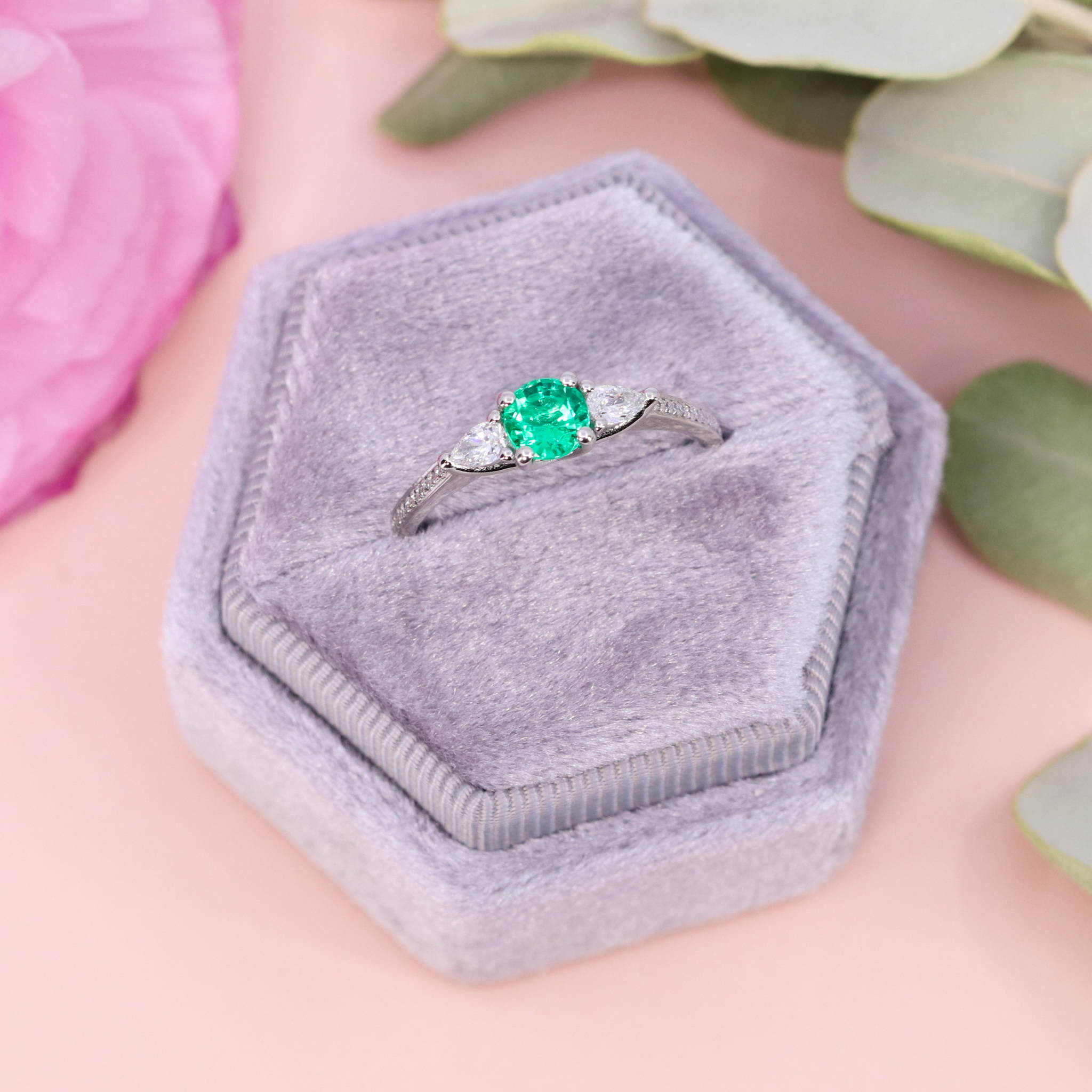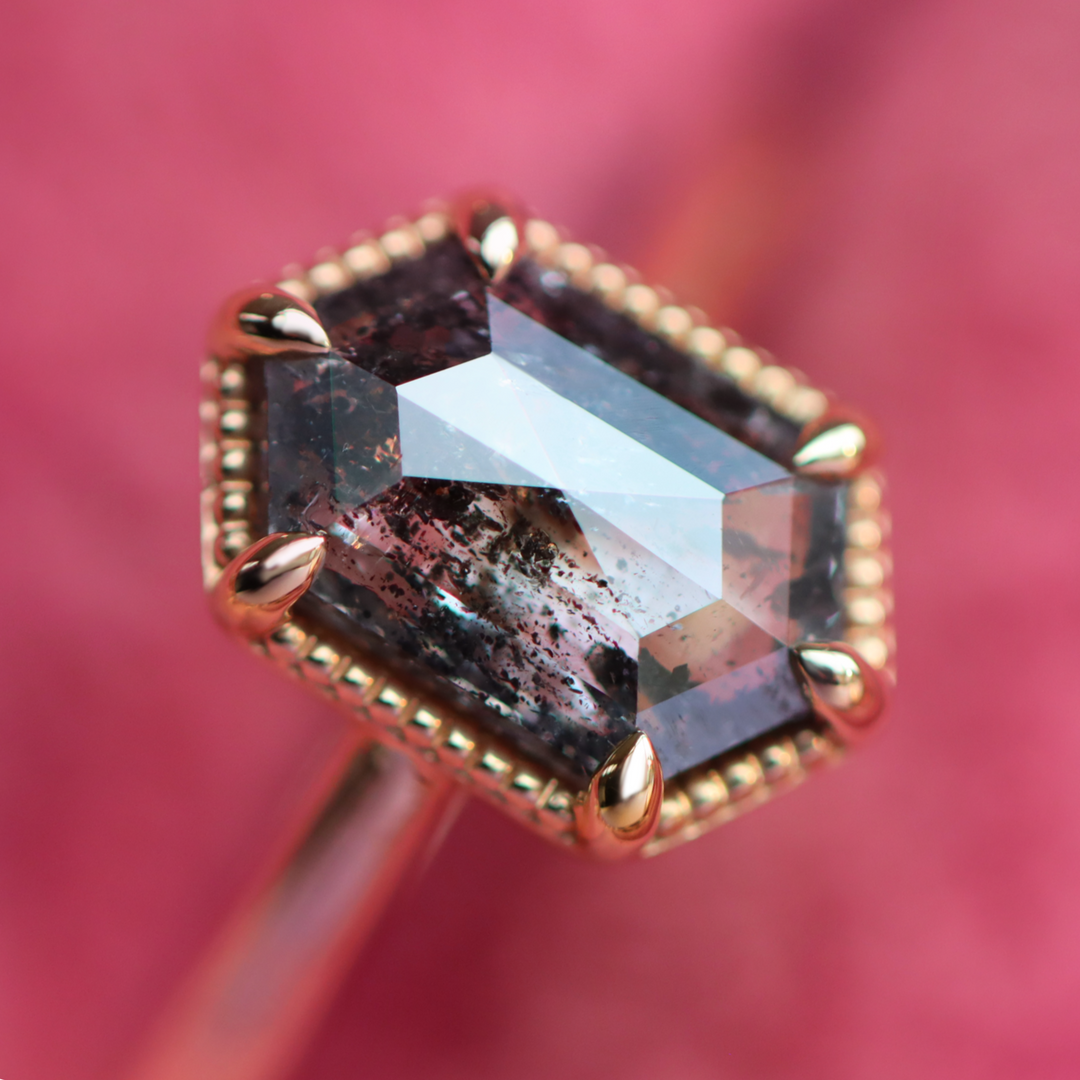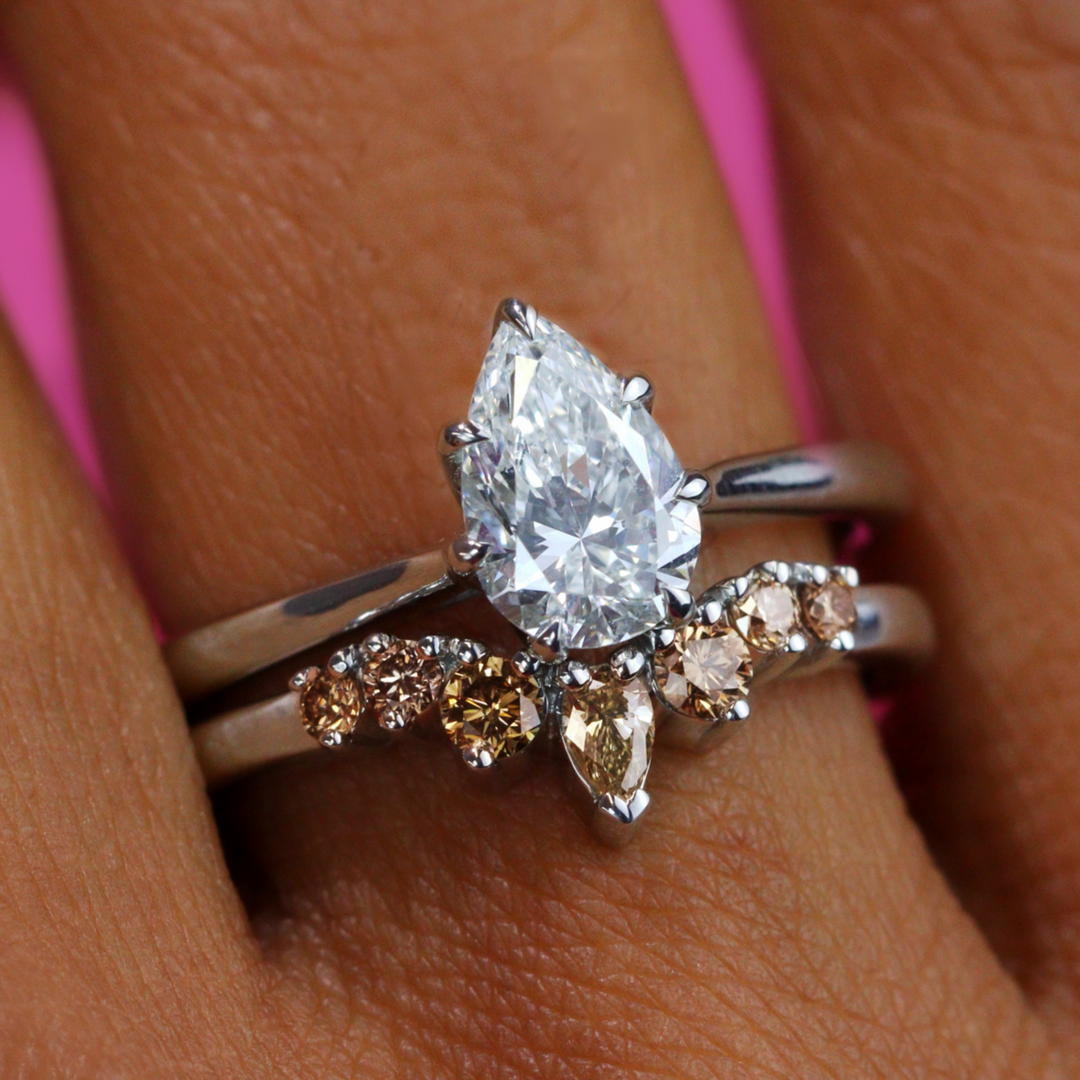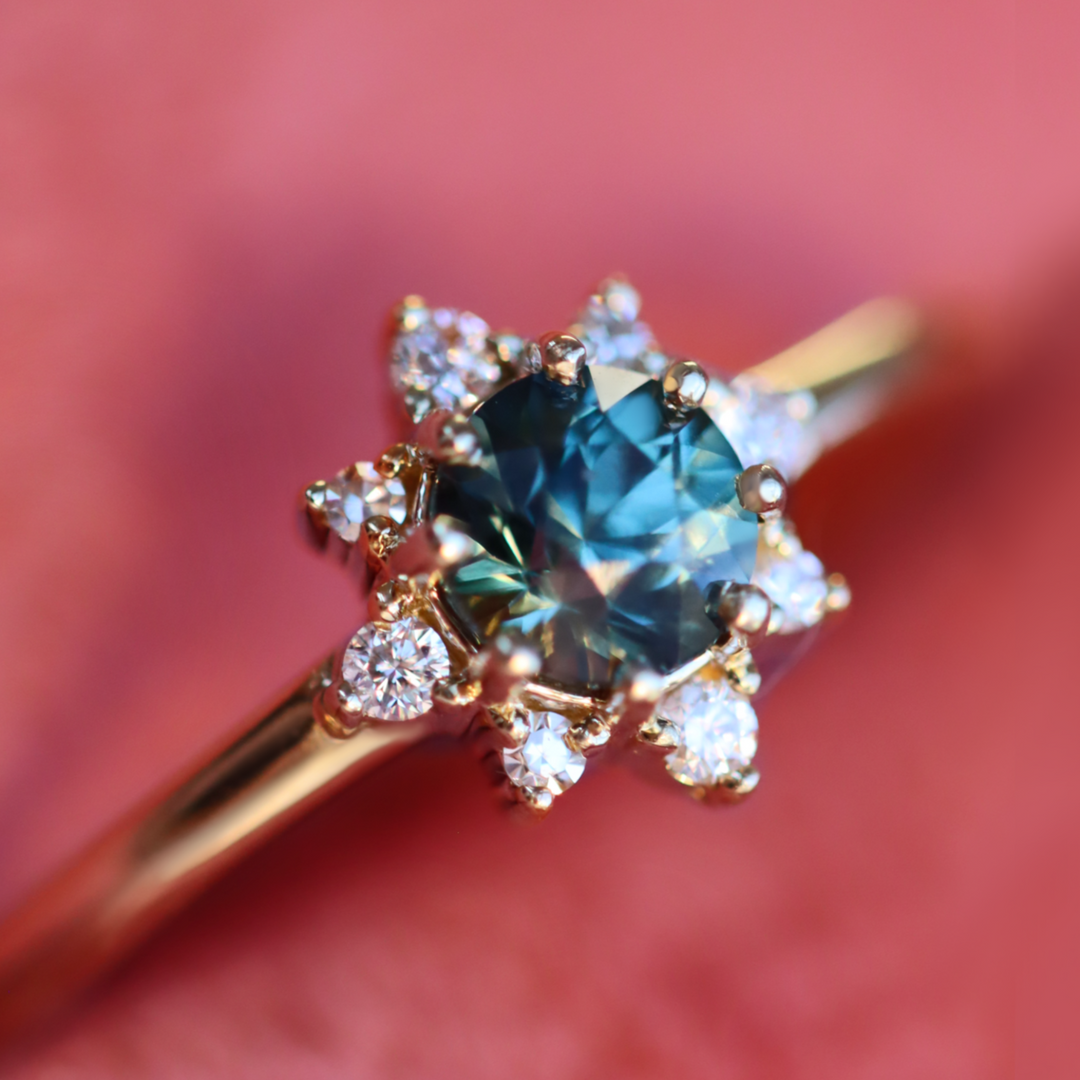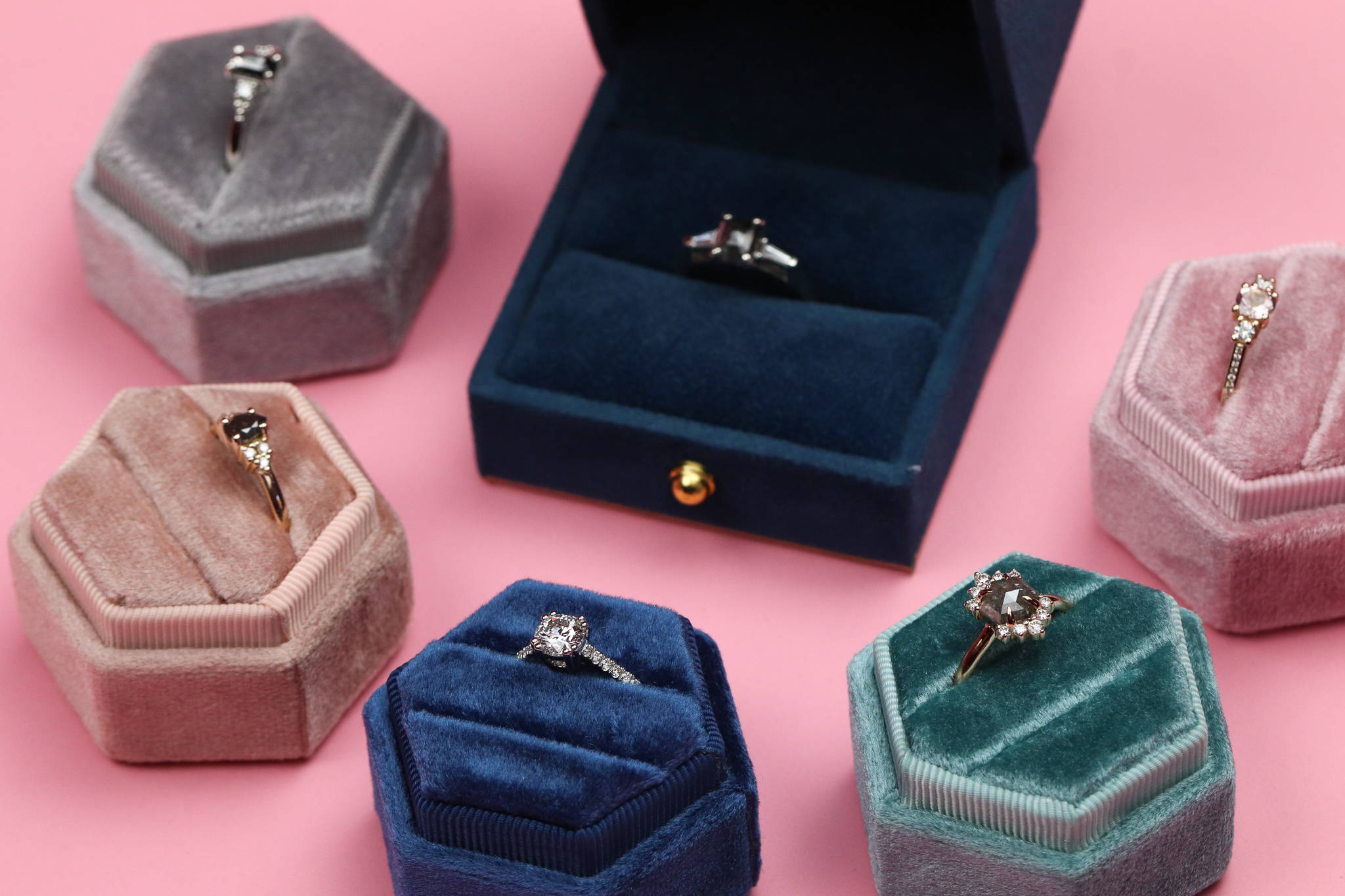
Let's start with the classic, the ‘creme dela creme’ of the gemstone world, the traditional white diamond.
Sitting at the top of the Mohs Hardness Scale, with the highest score of 10, Diamonds are the hardest naturally occurring material. It’s no surprise that over 70% of Diamonds are used for industrial applications and three quarters of all mined diamonds are industrial quality.
They have an exceptional lustre and brilliant fire, with minimum light leakage from the back. Of course, the pure, colourless and original white diamonds are the most popular (and most expensive!!), but there are different coloured fancy variants too. The colour change in diamonds is caused by minute traces of other materials, turning them yellow, brown, green, blue, pink, red and black.
In North Africa, diamonds are mined on a large scale, producing vast quantities of diamonds for both the industrial and gemstone world. They can also be found in Brazil, Russia, Australia, Zaire, and South Africa!
Most diamonds are a brilliant cut with 58 facets, helping to ignite their natural fire from either side, showing off their glistening white diamond.
Traditional Diamond Fact: Diamonds grow organically, with one-of-a-kind inclusions and unique growth patterns, making them all unique.
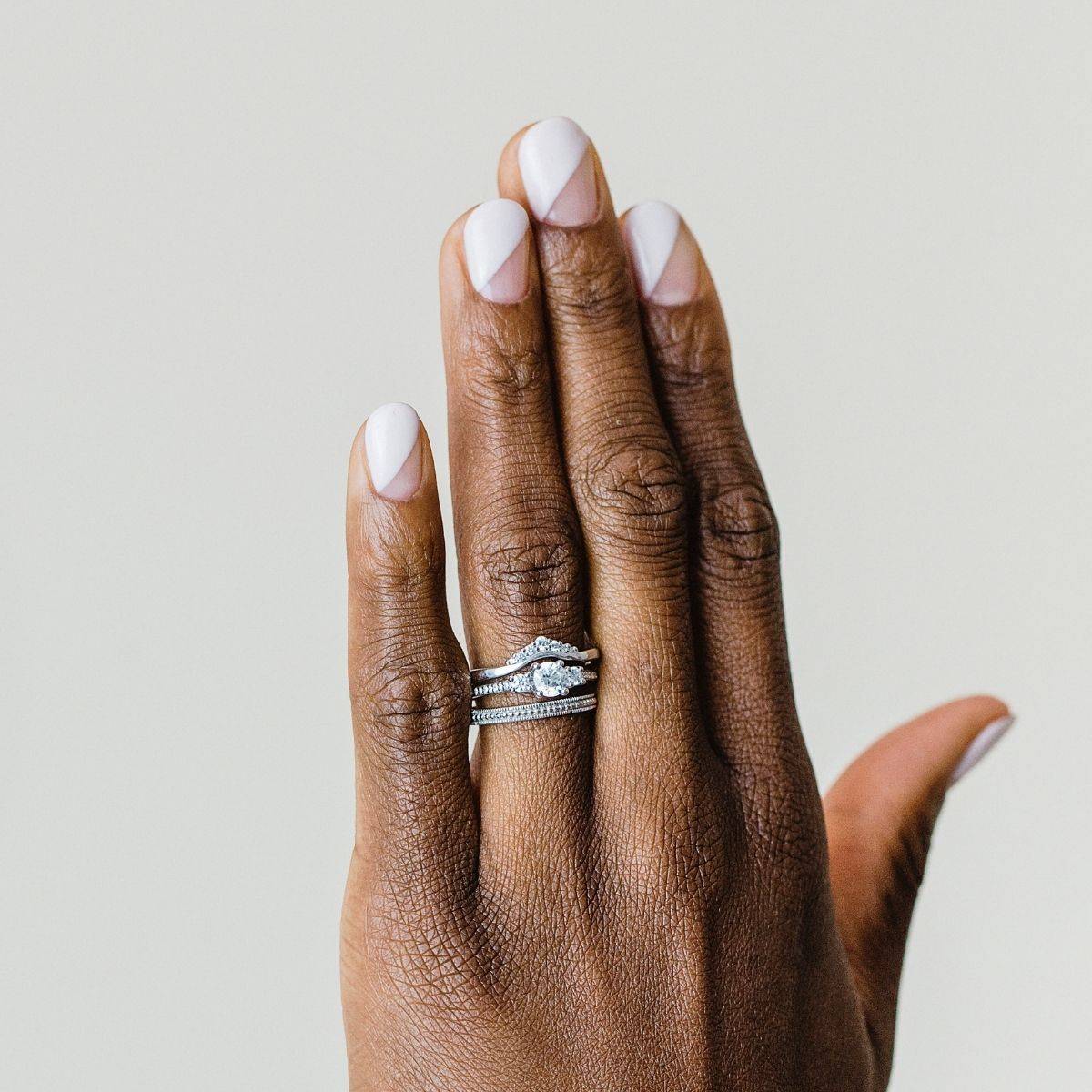
Now, what’s a Lab-Grown diamond you say?
Let us tell you…
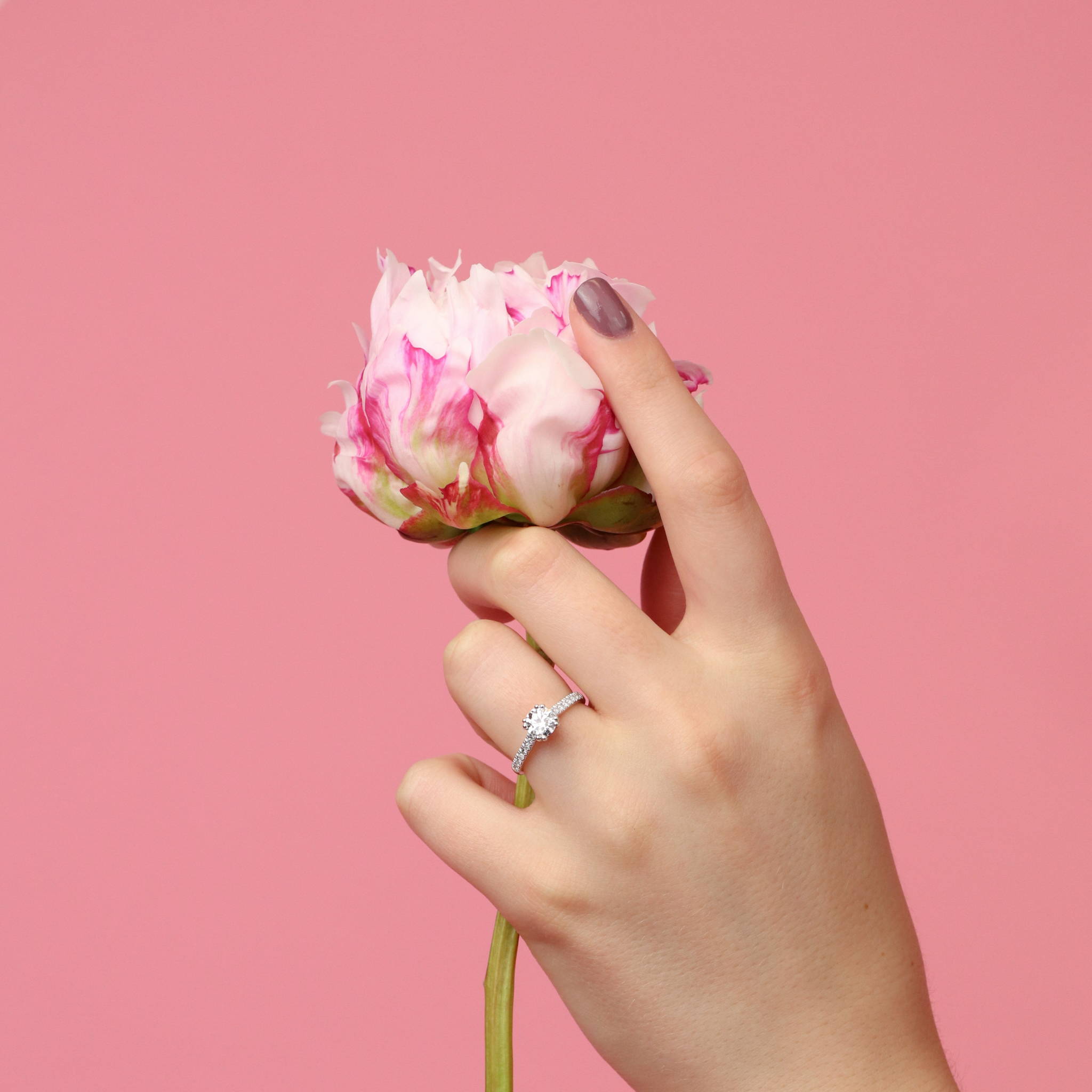
A lab-grown diamond is cultured using cutting-edge technology to replicate the natural diamond growing process, pretty cool right? The only difference to a traditional diamond is that a natural diamond holds a small amount of nitrogen and a synthetic does not.
No two man-made lab diamonds are alike, meaning you will have a one-of-a-kind glorious little feature for yourself. They are also graded the same as mined diamonds, and are a lot more affordable in comparison to your traditional diamond (yay!). Thanks to a much smaller supply chain.
Whilst being affordable, one-of-a-kind and just god-damn beautiful, it is also environmentally kind! The process of mining for traditional diamonds has a significant impact on the environment, whereas it takes considerably less energy to form a diamond in a lab.
Let’s be honest, Lab-grown Diamonds are just a win-win overall.
Lab-grown Diamond Fact: The two processes in which lab-grown diamonds are made are; Chemical Vapour Deposition (CVD) and High Pressure - High Temperature (HPHT).
Salt and Pepper’s here, and they’re in full effect.
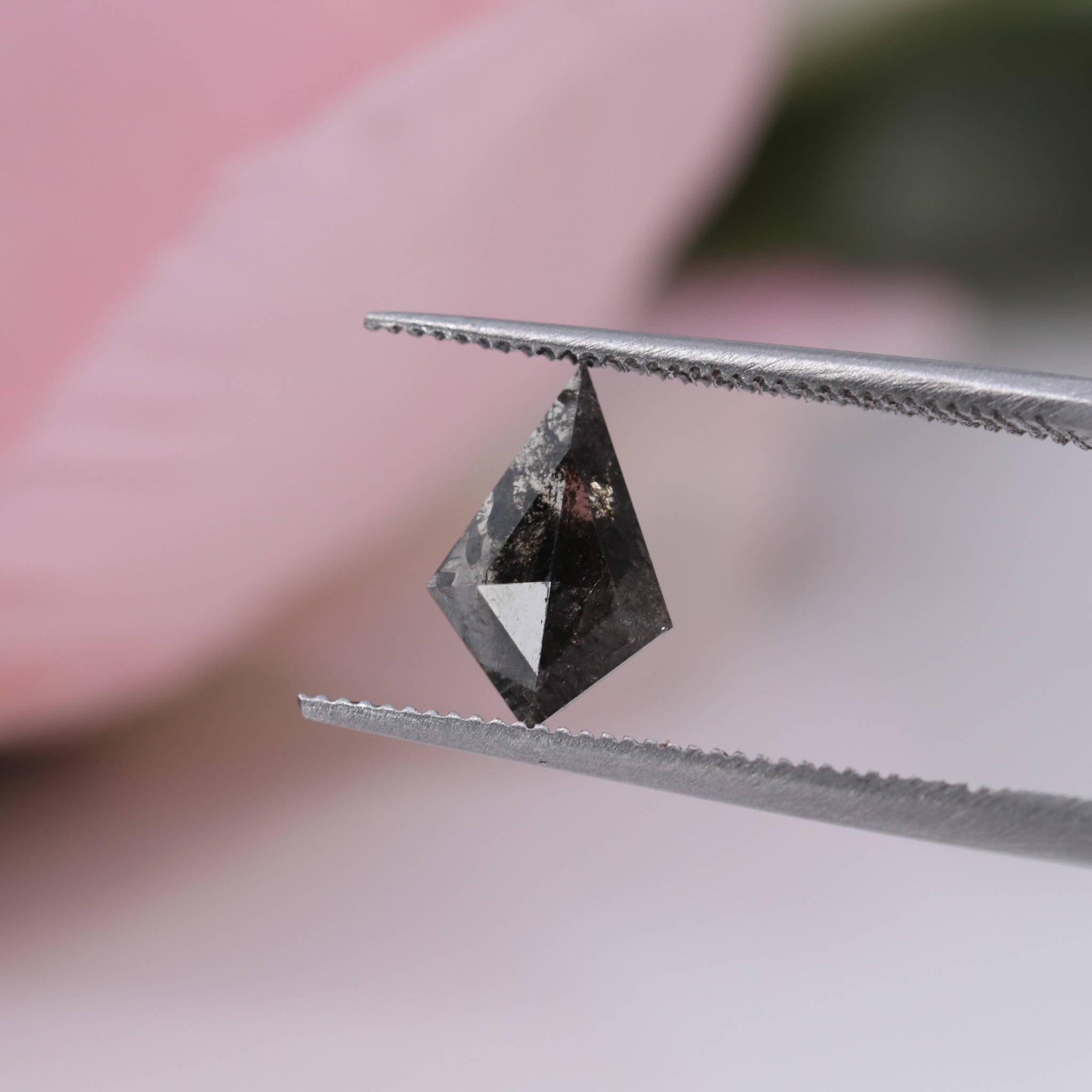
Taking the silver on the Mohs
Hardness Scale is SAPPHIRE. Say HEllo to Ceylon sapphires...
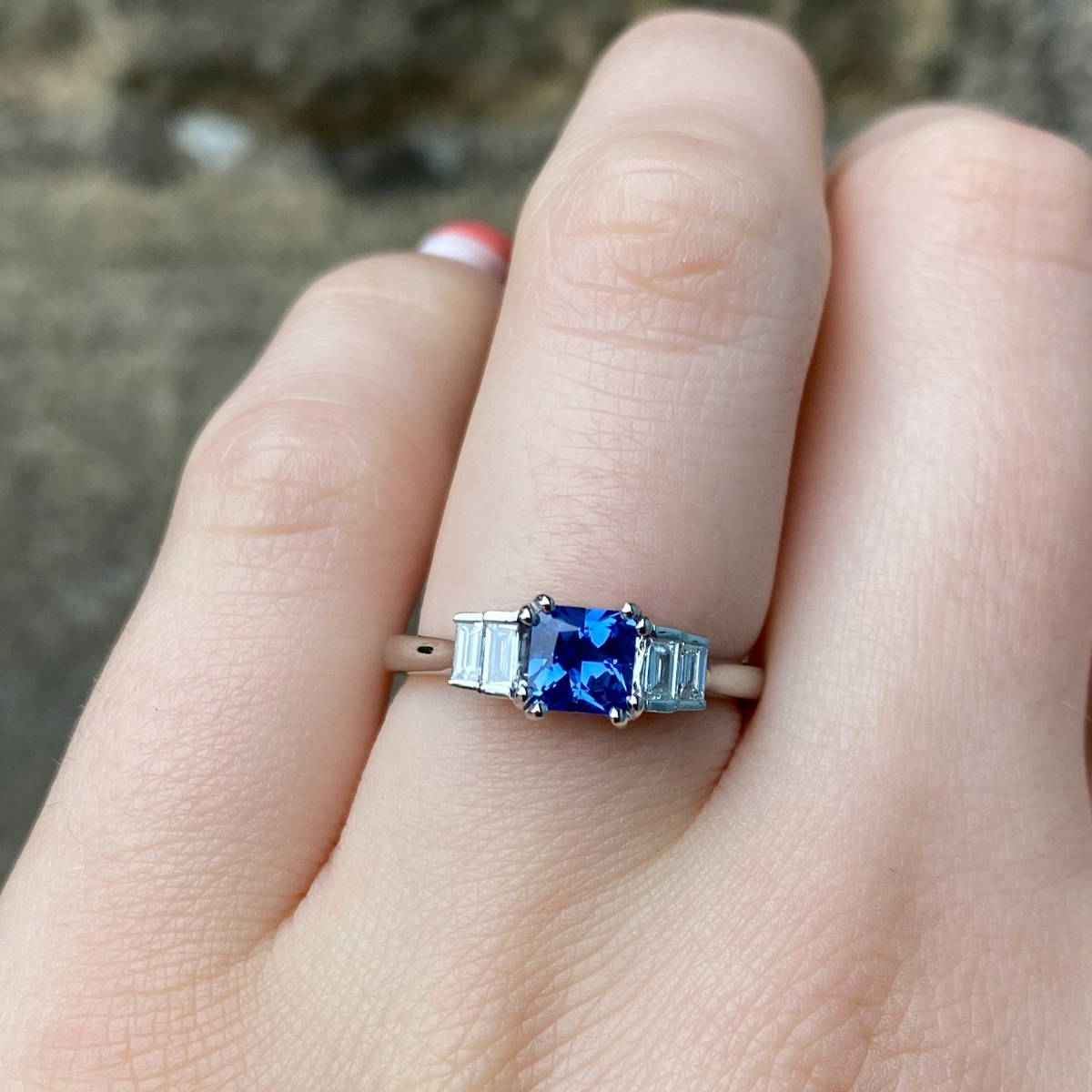
Teal sapphires offer something new in the world of gemstones,
not just to jewellers but to customers as well.
A wonderful substitute for conventional gems like diamonds and traditional blue sapphires, teal sapphires have a magnetic appeal that makes them perfect for engagement rings.
Consisting of a mix of calming deep blues with the renewing energy of green (all visible under a microscope) it's hard not to fall in love. In addition to being mesmerising, these gemstones hold a lot of symbolism. They portray open channels of communication and clarity of thought, as well as being a representation of a bridge between two souls.
With a hardness of 9, it has a strong resistance to scratches, avoid scruffs and obtain their beautiful brightness for a long time.
Being a symbol of love and commitment, a teal sapphire is the ideal engagement ring for any couple.
Teal Sapphire Fact: Because of its hardness, sapphire also has industrial uses. The Apple Watch Series 3 features lab-created sapphire crystal in its screen to make it more scratch resistant, as do several Swiss watch companies.
View our Teal Sapphire collection here.
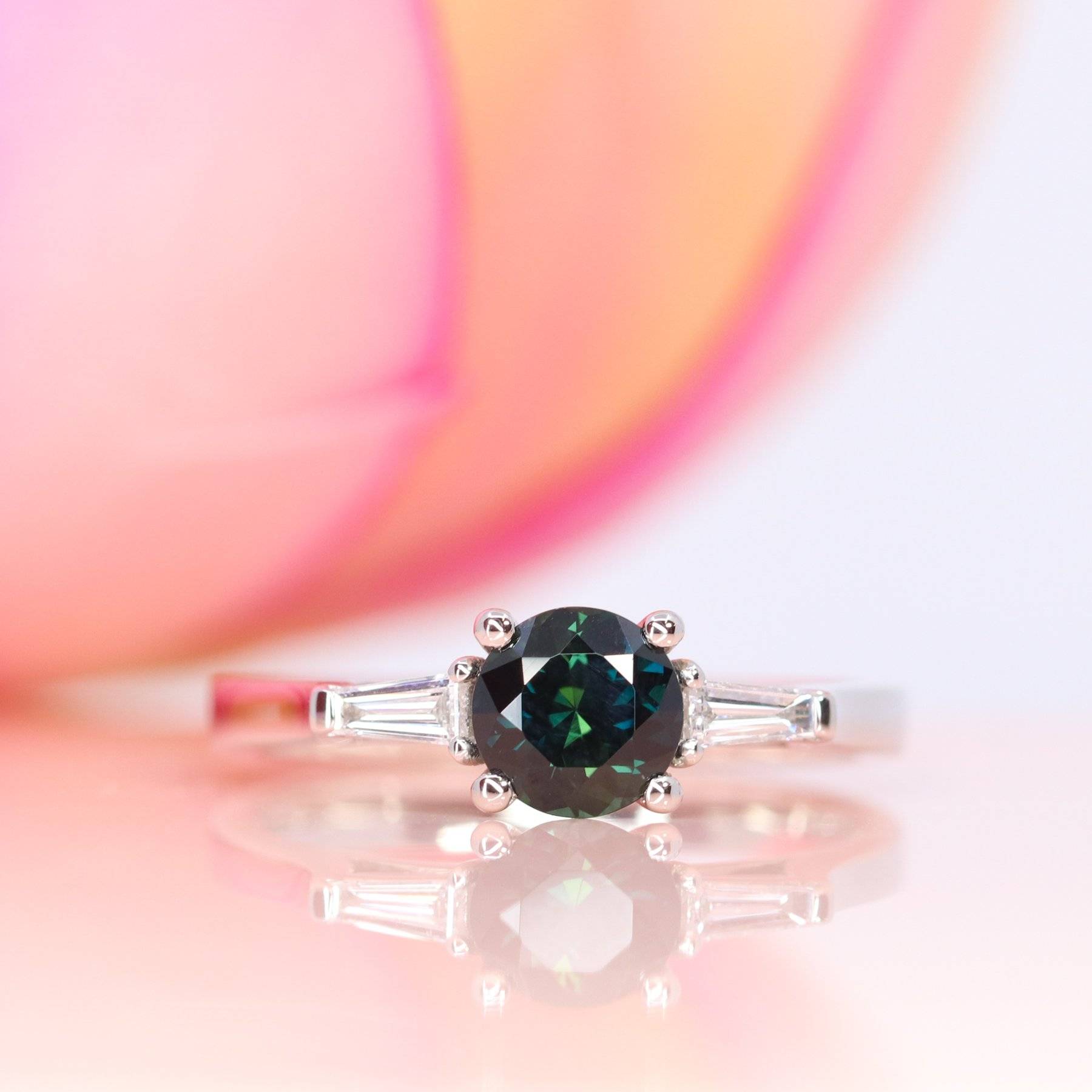
IMPERIALISTIC AND LOVED BY CREATIVES, OUR NEXT GEMSTONE MUST BE VIOLET SAPPHIRES.
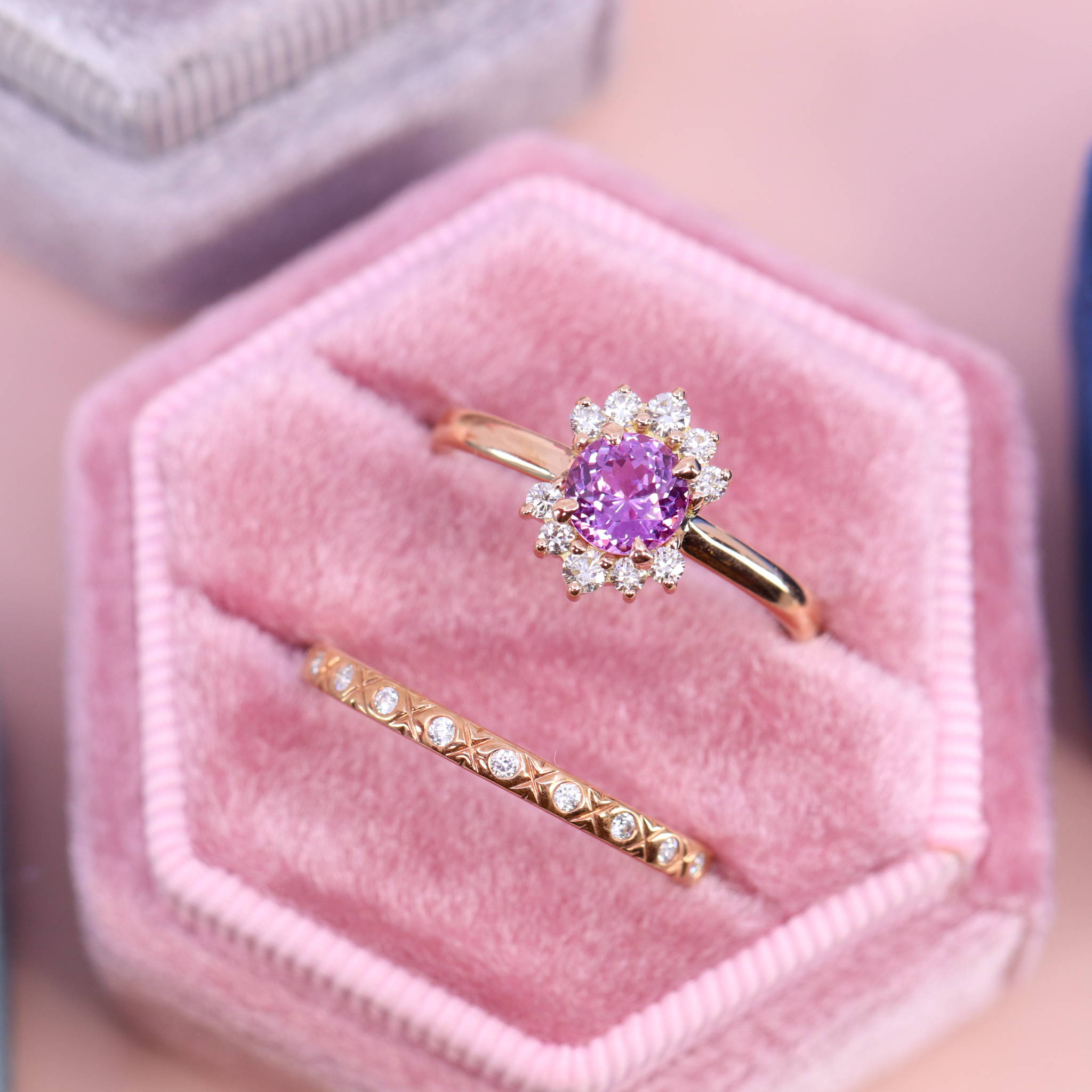
Violet sapphires are similar in colour to pink sapphires, but darker and always with purple or violet as the dominant colour. It is a powerful stone, imbibing the stimulus and valor of red sapphire and inherits the calmness and serenity of the blue sapphire.
Sometimes confused with amethysts (a variety of quartz), violet sapphires are much rarer and far more durable than amethysts. Violet sapphire takes the crown again in terms of brilliance and sparkle when against an amethyst.
When violet sapphires are mined, they are heat treated, which enhances the natural coloration and the clarity of the stone.
Violet Sapphires Fact: The word sapphire is derived from the Latin and Greek words for “blue”: sapphirus and sappheiros, which may have originally referred to another type of blue stone called Lapis Lazuli.
Small yet abundant, let’s have a chat about Montana Sapphires.
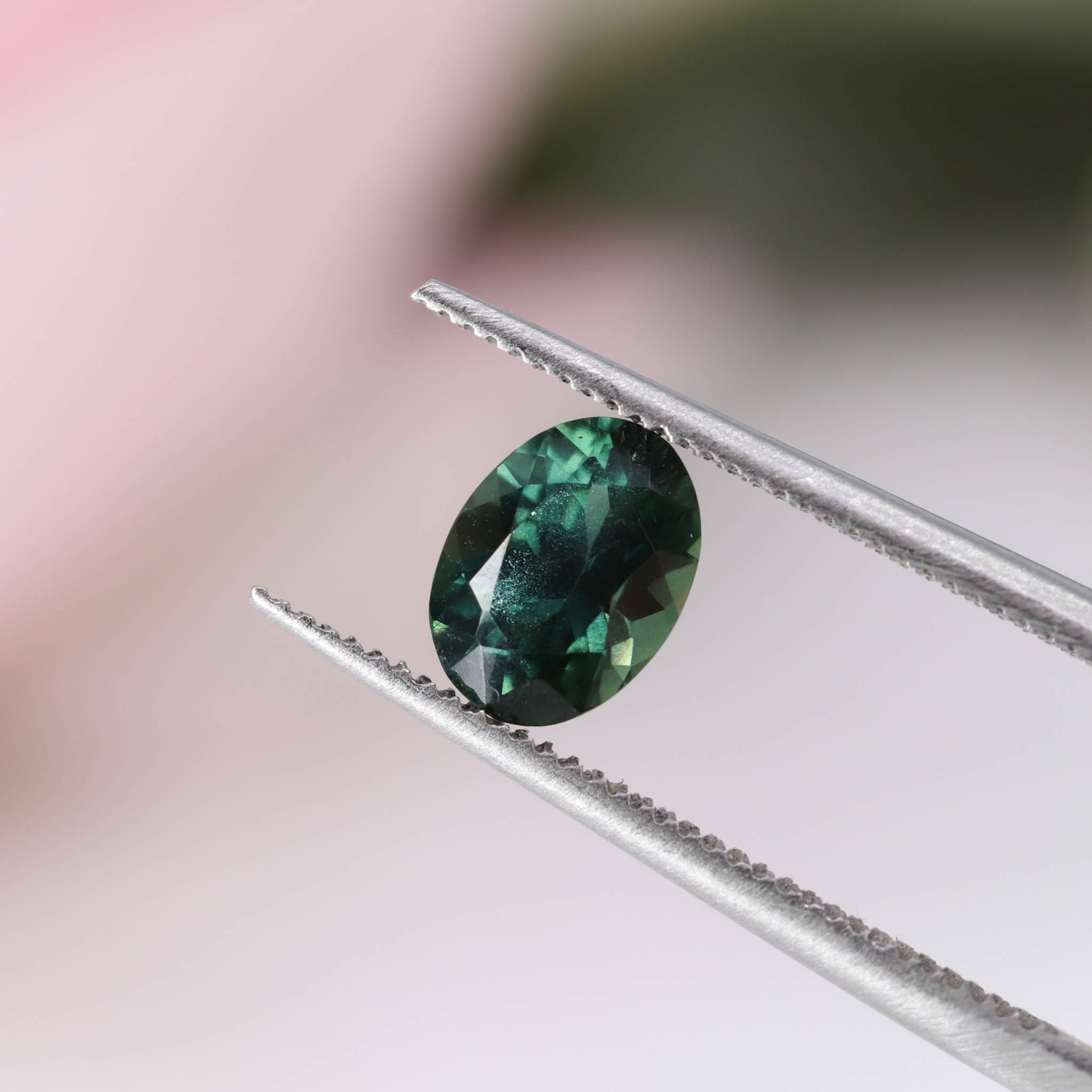
Pretty in Peach...
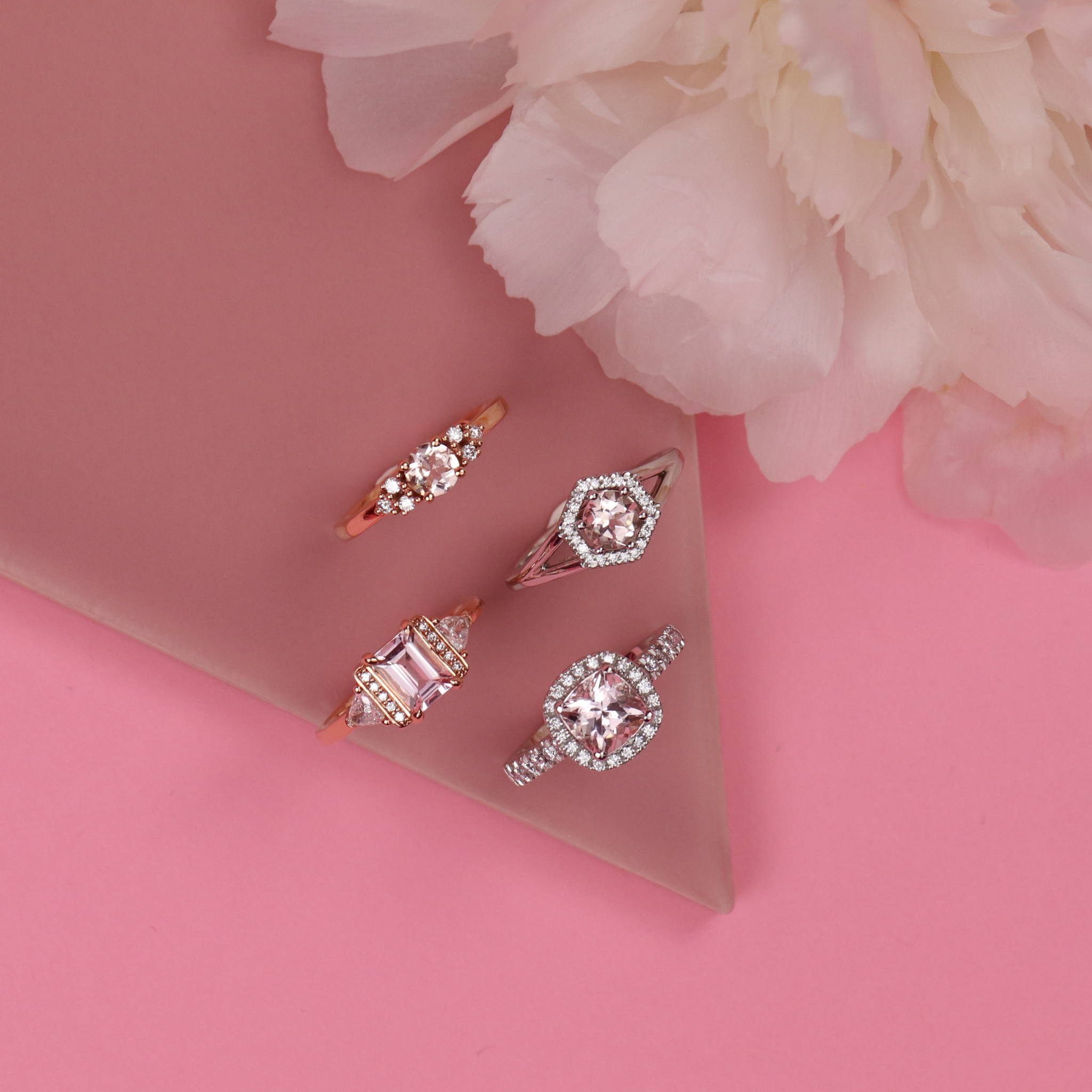
Want to know which gem is famous for its historical value?
We'll give you a clue… it’s green.
